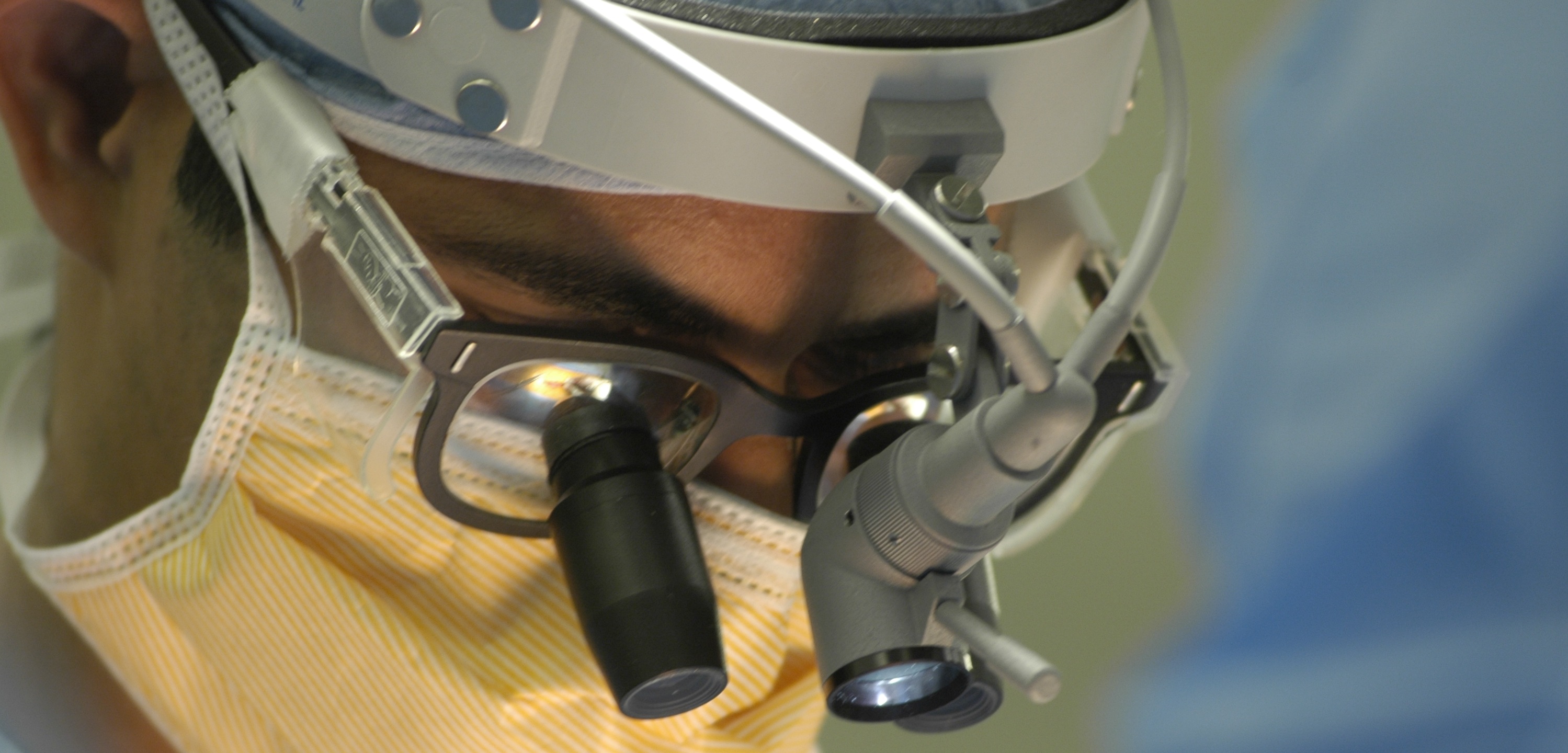Rosa Robotics
How Rosa Robotic Surgery technology improves the outcomes from joint replacement surgery

Over the past 10 years, new robotic technology has been developed for joint replacement surgery, providing the joint replacement surgeon with new capabilities that leverage the precision of robotic technology to improve the clinical outcomes from joint replacement surgery.
For decades, automotive manufacturers have converted entire car factories over to robotic arms that provide more precise welds and more accurate fitting of mechanical components than a human could provide with repetition.
Porsche car company in Germany, for example, uses robotic manufacturing extensively to improve the precision associated with the assembly of engines and body components. The robotic technology greatly reduces variation associated with the assembly by human hands. Consequently, Porsche engines are able to perform at 9,000 revolutions per minute for excellence in racing.
It the area of joint replacement surgery, robotic technology similarly provides a new level of precision related to navigation and mapping out the surgery and placement of the artificial joint. Software within the robotic system links with 3-dimensional diagnostic images from MRI and C-arm fluoroscopy.

The Zimmer ROSA Robotic Surgery System enhances the accuracy and safety of joint replacement surgery.
How Rosa Robotic Surgery Improves Joint Replacement
While the human eye can differentiate among 256 shades of gray, the robotic software can differentiate between 65 million grayscale shades. Consequently, the robotic system uses this heightened computer-driven precision to control the robotic arms, preventing instruments from coming into contact with any sensitive tissue around the nerves.
Celebration Orthopedics uses the new ROSA Robotic Surgical System to improve the outcomes of joint replacement surgery for the benefit of its patients.
The ROSA Robotic System enables the Celebration orthopedic surgeon to perform joint replacement surgeries as in hip joint replacement. The ROSA robotics system uses 3-dimensional intraoperative software that enables the orthopedic surgeon to map out the joint replacement surgery with greater precision and install the artificial joint with much greater accuracy than the human eye.
The new robotic surgery systems provides the surgeon the power of the computer to precisely shape the joint space and place the artificial joint implant into the ideal position during surgery. Another benefit of the Rosa Robotic technology is that it reduces the amount of time the patient is under anesthesia or X-ray imaging because the joint replacement surgery goes faster. Less time under anesthesia makes recovery easier, and less time under X-ray lessens exposure for the patient and the surgical staff in the operating room.
Mapping out the surgery the day before speeds the joint replacement surgery the next day, as the robotic arms are preset precisely to a quarter of a millimeter, which then enables the surgeon to more precisely install the artificial joint for the ideal fit. The ROSA robotic surgery system also controls the speed at which surgical screws or plates are installed, creating the ideal speed of rotation.
While using robotic technology requires extensive training, the benefits for the patient are huge. The ROSA robotic surgery system often enables the orthopedic surgeon to operate through a smaller incision, so the patient experiences less blood loss, less tissue disruption and less pain as they go through rehab and therapy. Some patients with robotic surgery go home later the same day rather than spending days in the hospital. Consequently, these patients are typically back to activity much faster than with traditional joint replacement surgery.
It’s important to remember that the joint replacement surgeon is still doing the surgery, not a robot. The robotic system is simply performing the surgery that the orthopedic surgeon mapped out in advance.The ROSA robot is simply adding more precision than what a human is able to provide.
How Rosa Robotic Surgery was developed
The ROSA robot was initially developed for intricate brain surgeries. China was the first country to install ROSA Robotic systems. The ROSA system was later approved for surgery in the United States about 10 years ago. Hospitals in Germany, France, Spain and the US began installing the systems as they saw a huge patient benefit in the area of spine surgery and joint replacement.
